I’ve been doing some new abstracts and experimenting a bit lately, and I’m starting to develop some new paintings from those abstract starts. Some that I’ve picked up again to work into now were initially started a couple months ago at the time I had done this one on a very small 6×6” panel. Here:
I used this abstract as the underpainting for a painting I did recently called Nightingale. Here is the finished painting:
This painting was done in oil on a pre-gessoed masonite panel that is very slick and not very absorbent. I used a medium size utility bristle brush to coat the surface, softened the brush strokes with a couple small mop brushes, and used a silicone spatula to carve out the harder-edged areas. Then I worked interchangeably with these tools until I got to this point (the abstract, below). I set it aside, and felt like it would be a fun abstract to paint into. I left the abstract to dry before I added layers to the surface to develop it to the finished state. Here is an image showing the brushes I used to make the abstract painting, with areas circled to indicate a few areas where I used them.
In the abstract, I saw this figure with forward movement and wings or wing-like hands that turned inward and felt as if in motion, so I started to work into what I saw in those areas and let the rest roll out as I went.
I added these next layers of paint with small sable brushes, and then used mops to soften the larger atmospheric areas of paint. When I use the mops to soften like that, I keep them dry with no paint, medium or mineral spirits added to them. They’re used to soften paint that is already on the surface and is still wet enough to manipulate and blend. The brushes I used at this point were very small round sables and some small flats and filberts to get the details and smaller strokes.
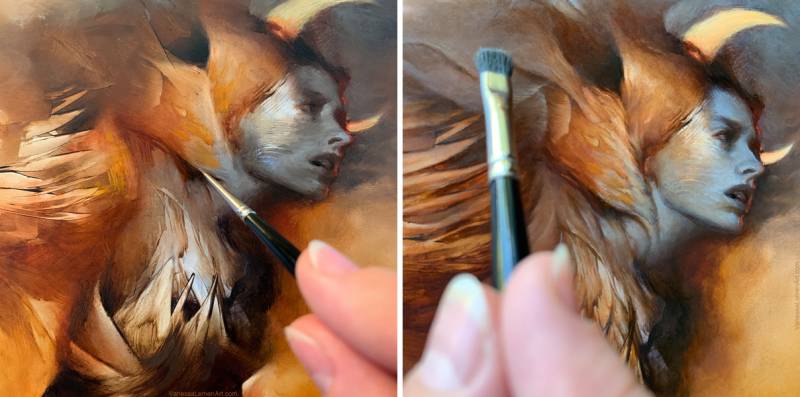
left: a mid-state WIP using a spotter brush / right: softening the atmospheric areas with a mop in later stage
I just wanted to share a bit about the brushes here on this one because I’ve been talking about this a bit this week with a workshop I’m instructing. Also, as I’ve been working on some larger work, it has me so aware of how very different the strokes are when the scale of the painting changes. For example, the mops I used here in this painting for “larger” atmospheric areas would still be pretty small when used on a 6ft painting I’m starting to work on now. I look forward to sharing more about that later in the coming months.
Hope you’re all doing well out there.


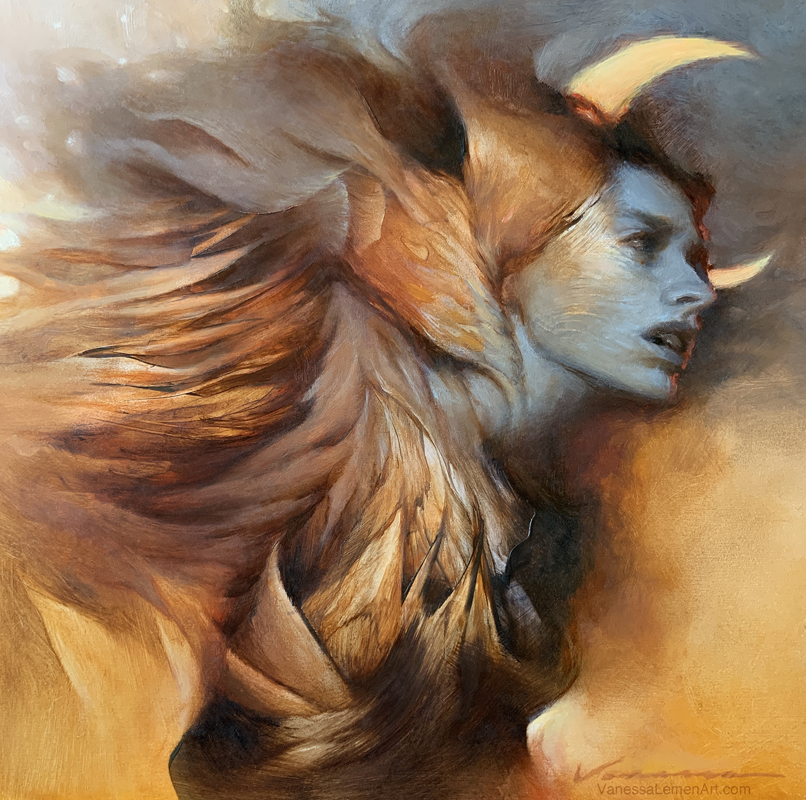
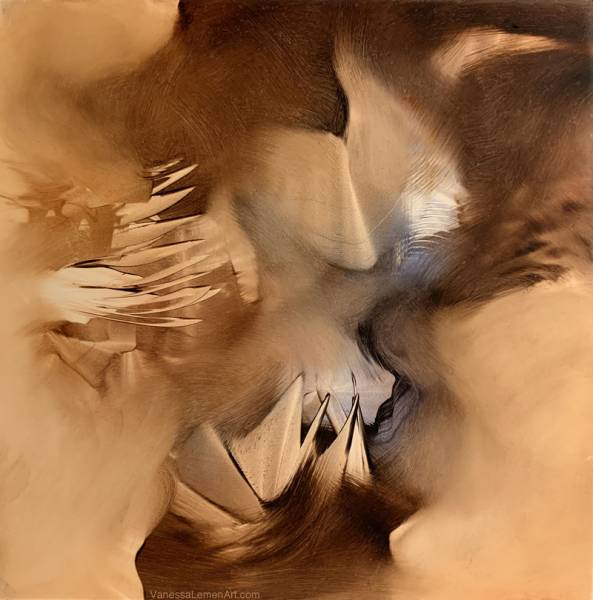
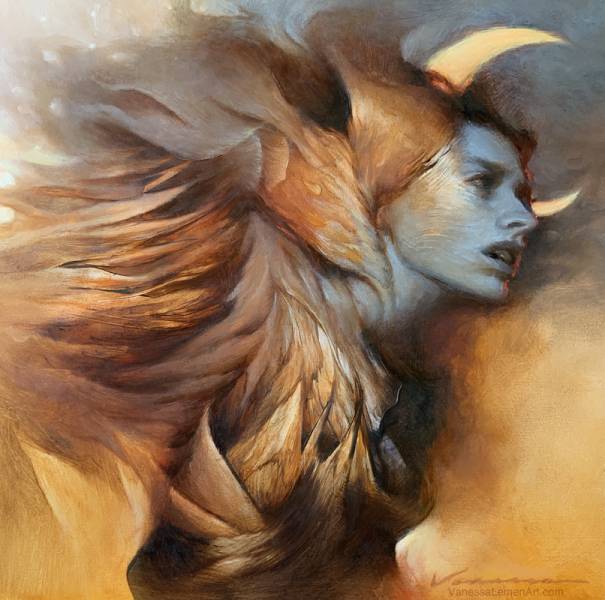
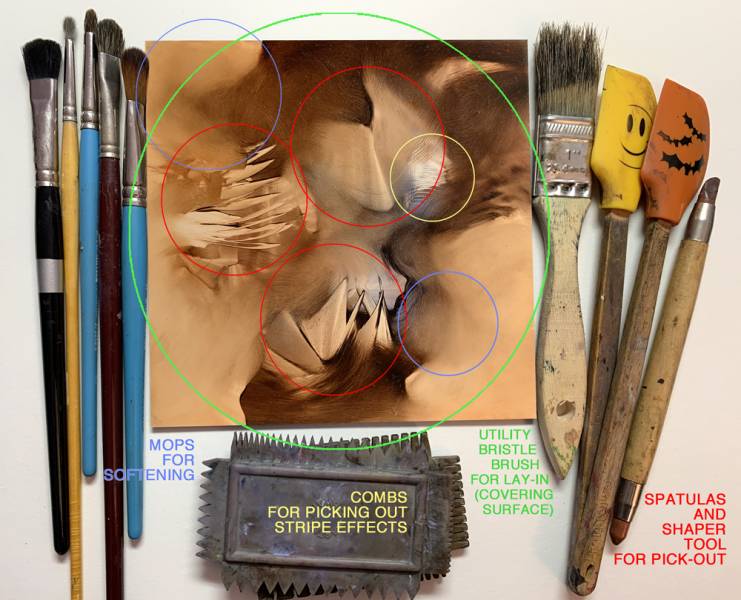
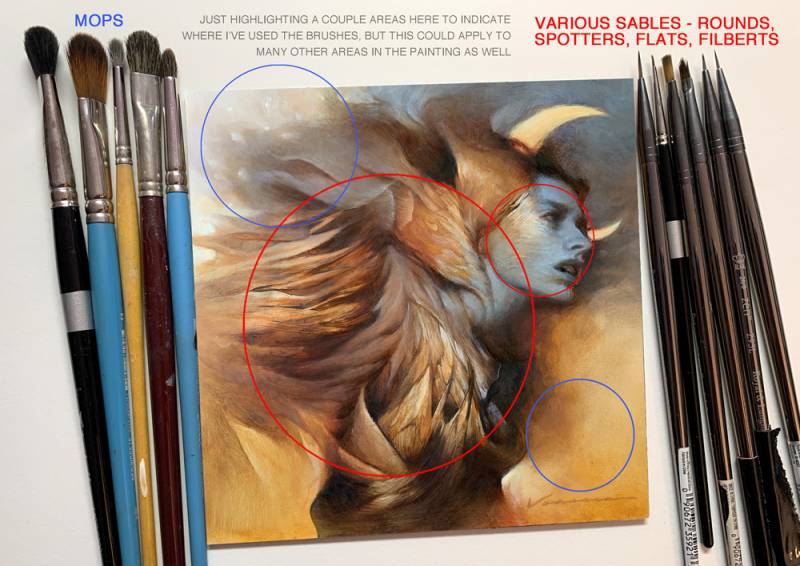
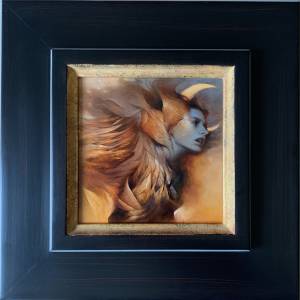

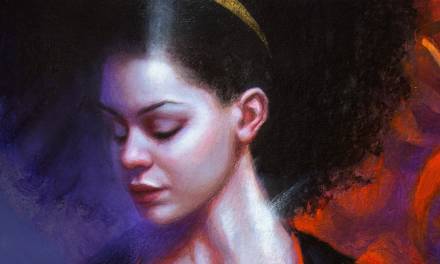

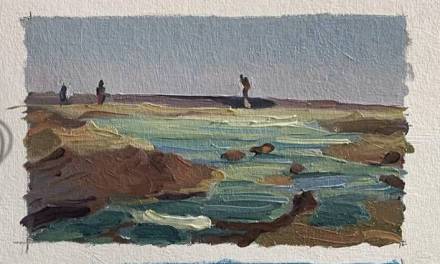
This is very insightful. Thank you!
Thank you, Nico. I’m glad you found it insightful. Just sharing a few things about some brushes/tools after a dialog during a workshop I’ve been teaching.
Always great to peer behind the curtains! I love it when artists do this — thanks so much!
Hi Julia- thank you for checking out the article. I’m glad you enjoyed the glimpse at a bit of my process. Thanks!